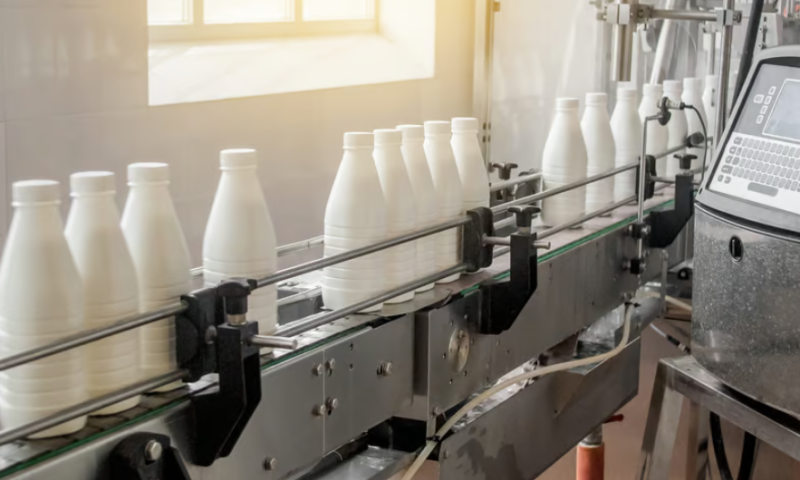How exactly are baby human adenoviruses born? Scientists have wondered about this question for a long time, and new research published this week in Nature revealed the process that viral proteins use to replicate—which could lead to better gene therapy delivery and other new therapeutics.
In this chicken or the egg question, researchers from the Children’s Hospital of Philadelphia (CHOP) were trying to figure out: “Which comes first, assembly of the viral particle or packaging of the viral genome?”
In order to replicate, viruses hijack a host’s cellular processes to replicate and then produce offspring, which in turn spreads the virus and leads to transmission. To complete the process, the virus has to replicate its viral genomes and then pack those up into viral particles. But how that was done has been a mystery.
“If we think of viral replication as an old-fashioned milk assembly line, we know how the milk bottles are formed and that they come out filled, but prior to this study, the process of filling them was somewhat of a black box,” senior author Matthew Weitzman, Ph.D., a professor in CHOP’s department of pathology and laboratory medicine, said in an April 5 release.
CHOP’s research shows that the viral particle forms around the viral genome, or, as Weitzman so nicely put it: “Extending the analogy, many have assumed that the bottle must be made before being filled, but it turns out the bottle is actually formed around the milk.”
The researchers determined that a biophysical process called phase separation occurs, where membraneless compartments—aka biomolecular condensates (BMCs)—form inside the virus-infected cells. The BMCs were long understood to be involved in several viral processes, but, until now, researchers didn’t know they were part of the virus assembly line.
To test the theory, the scientists used an adenovirus, which is commonly used to deliver gene therapies. They identified the 52 kDa protein on the virus responsible for making the BMCs through the phase separation process and noted the critical role it played in packaging up the infectious particles. The protein organizes viral capsid proteins into nuclear BMCs—a process that the CHOP team says is essential to assembling the complete, packaged particles that go on to form a replicated virus.
The researchers also shut down the assembly line by removing the structures they had discovered to be related to replication, finding that incomplete capsids were formed absent the BMCs.
“Now knowing these steps, the question becomes: could we reengineer viruses based on this biological process to, for example, become better delivery vehicles for innovations like gene therapy?” pondered Matthew Charman, Ph.D., a research associate in the Weitzman Lab at CHOP. “Understanding how viruses are made opens up a world where we could not only potentially target those viruses more effectively in the future but also create gene therapy tools that lack the limitations of current delivery approaches.”

